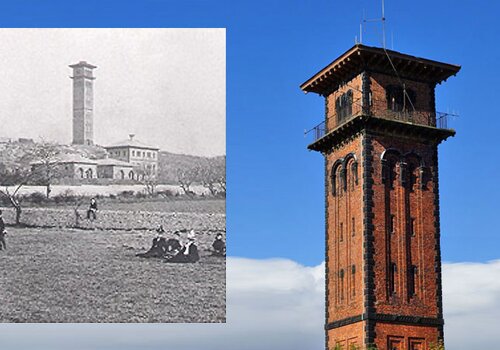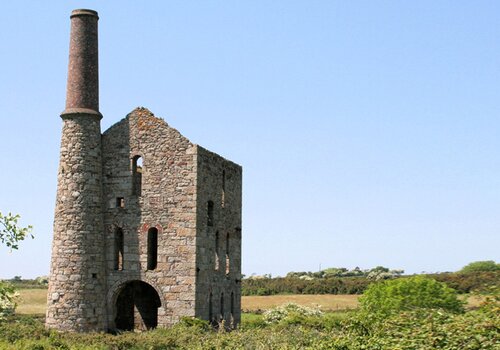(Washington, Tyne and Wear, 14. August 2017) Harry Brearley is commonly regarded as the inventor of “Stainless Steel” in Sheffield, however, his path was laid by a number of scientists and engineers.


News
Looking at local landmarks near our Washington factory, an interesting one has popped up (excuse the pun) at Cleadon, a village located near...

News
We always have that perfect vision of people gathered round a roaring fire on a cold day, protected in a warm and cosy home.

News
The source of the natural pumice insulating material, used in all of our Isokern range, from pumice liners and blocks, to the Garden Firepla...